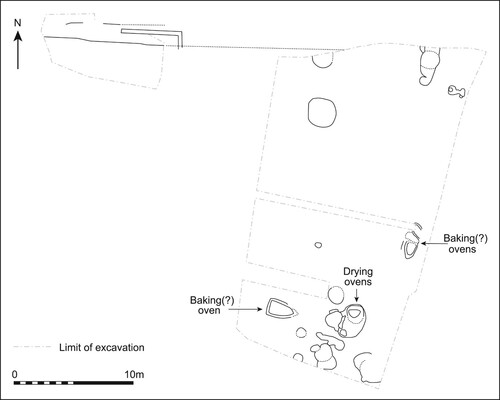Figures & data
Figure 1. The key elements of medieval drying kilns based on excavated examples. Source: Drawn by author, after R. Rickett and M. McKerracher, Post-Roman and Medieval Drying Kilns (Oxford: Archaeopress, 2021).
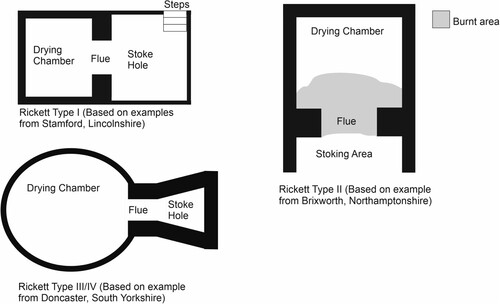
Figure 2. Plan of the excavated plot at High Street, Brackley, thirteenth century. Source: Redrawn by Kirsty Harding after R. Atkins, A. Chapman and M. Holmes, ‘The Excavation of a Medieval Bake/Brewhouse at The Elms, Brackley, Northamptonshire, January 1999’, Northamptonshire Archaeology 28 (1999): 5–24.
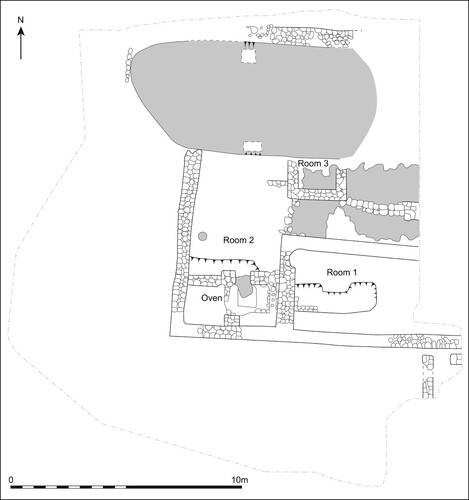
Figure 3. Plan showing the location of drying kilns at The Green, Northampton, late thirteenth to late fifteenth century. Source: Redrawn by Kirsty Harding after M. Shaw, ‘Excavations at The Green, Northampton 1983: The Anglo-Saxon and Medieval Phases’, Northamptonshire Archaeology 41 (2021): 257–304.
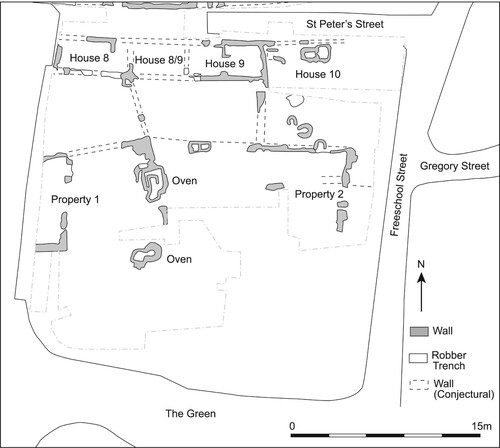
Figure 4. Plan showing the location of drying kilns at Chequer Street, St Albans, between the late fourteenth and the sixteenth centuries. Source: Redrawn by Kirsty Harding after Rosalind Niblett and Isobel Thompson, Alban’s Buried Towns. An Assessment of St Albans’ Archaeology up to AD 1600 (Oxford: Oxbow, 2005), 274–8.
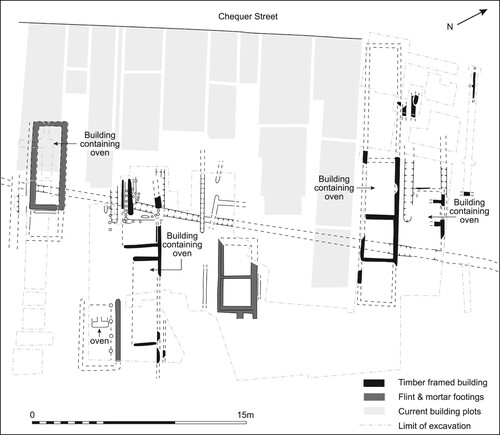
Figure 5. Plan of the north manor at Wharram Percy around the mid thirteenth to mid fourteenth century, showing the location of the postulated grain processing area. Source: Redrawn by Kirsty Harding after Philip Rahtz and Lorna Watts, Wharram. A Study of Settlement on the Yorkshire Wolds, IX. The North Manor Area and North-West Enclosure. York University Archaeological Publications 11 (York: University of York, 2004), 32–3.
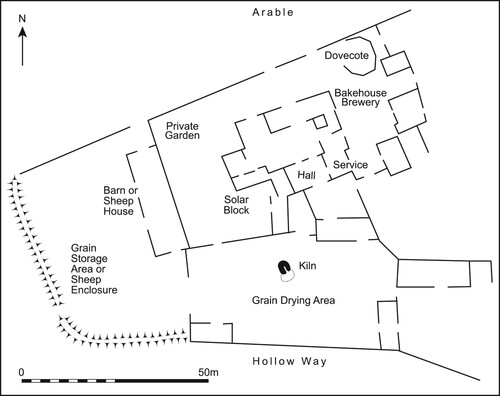
Supplemental Material
Download MS Excel (43.1 KB)Data availability statement
The Kilns Online Dataset is available as a supplementary file.

